I'll give three examples to illustrate the point.
First, let's look at the rise and fall in daily cases in North and South Dakota. Both states have imposed some of the least severe restrictions in the US, according to the Blavatnik School of Government's stringency index. Yet in both states, daily cases have begun to decline organically as we head towards Christmas.
Next up is Switzerland, which has imposed fewer restrictions in 2020 than anywhere else in Europe, save for Sweden and Belarus.
The Swiss Doctor has provided a summary of this year's mortality data in Switzerland compared to previous years and the overall picture suggests it has fared a good deal better than most of its European neighbours.
The 2020 annual all-cause mortality rate of just under 0.86% was last reached during the flu and heat year of 2003 and the flu year of 2000. The median age of corona deaths in Switzerland is 86 years, that of hospitalized patients 74 years. Approximately 50% of the deaths occurred in nursing homes, which comprise 1% of the population. In the age group below 65 years, no excess mortality is apparent - in contrast to severe flu outbreaks.As for Switzerland's 'second wave', daily cases are declining in spite of minimal restrictions. For instance, restaurants and bars, as well as sports, cultural and leisure facilities, were only closed on December 22nd.
Finally, there's Spain. Admittedly, Spain imposed some of the most severe restrictions in the spring, but the Spanish Government has been much more lackadaisical this winter. Its current restrictions resemble those of a Tier 1 area. Yet in spite of this, daily cases have declined in Spain, too. (Although, there has been an uptick in the last week or so.)
In short, daily cases in all three regions have begun to decline quite naturally in spite of the relatively modest social distancing measures in place.
Stop Press: The staff of the American Institute for Economic Research have pulled together a compilation of the best studies showing how ineffective lockdowns are. Viewers of Ivor Cummins' YouTube videos will be familiar with most of them, but it's useful to have them all in one place.
Canaries in the Mine: Seasonal Peaks
And God said, "Let there be lockdowns."
Today, we're publishing the latest instalment in the ongoing series by Dr Rudolph Kalveks, who has a PhD in theoretical physics, in which he uses a simple epidemiological model (an SIR model) to look at Covid mortality across the globe in an attempt to isolate the factors causing deaths to rise and fall. His conclusion is that lockdowns don't have a big impact. Here's an extract:
It is notable that Sweden, which introduced few lockdown restrictions, enjoyed a summer lull followed by a small autumn peak, while other European countries, which implemented many and varying lockdown restrictions during the year, have found themselves faced by larger autumn peaks. The models indicate that the overall susceptibility in Sweden, taking spring and autumn together, may end up relatively low within Europe.Worth reading in full.
The key question is what has driven the summer lull followed by the autumn peaks in Europe. It is implausible that lockdowns were responsible for the summer lull, since the subsequent tightening of lockdown policies has not prevented the autumn peaks. Is there any plausible mechanism other than the commonplace observation that there is a high level of natural seasonal variation in (the susceptibility to and transmission of) respiratory infections? As Prof. Ioannidis notes, "Seasonality may also play a role in the dissipation of the epidemic wave."
We should recall the findings in the Lancet, that even the most draconian (and impractical) combinations of lockdown policies only reduce R to around 65% of its initial R0 value after seven days, and to around 48% if continued for a month. Once lockdown restrictions are limited, the R values revert.
Coronaviruses can start with an R0 in the range of five to ten times, so that a much greater reduction of 80% - 90% would be necessary to reduce R to below one. Simple arithmetic shows that for readily transmissible viruses, lockdown restrictions are insufficient, and that the spread of infections can only be halted by some combination of herd immunity (whether by vaccination or by recovery following infection) and seasonality.
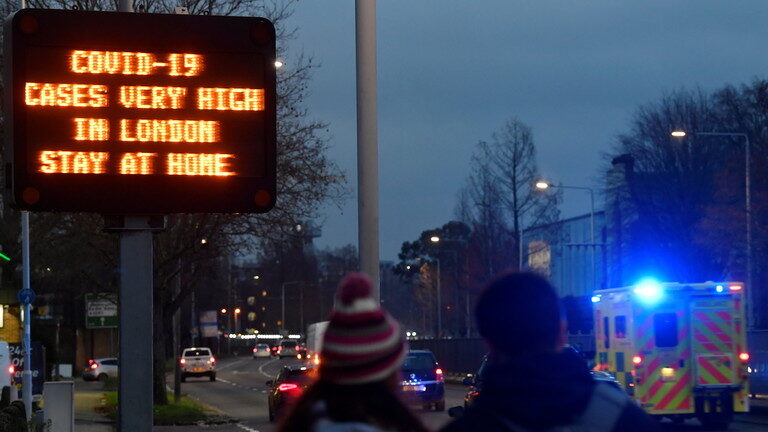
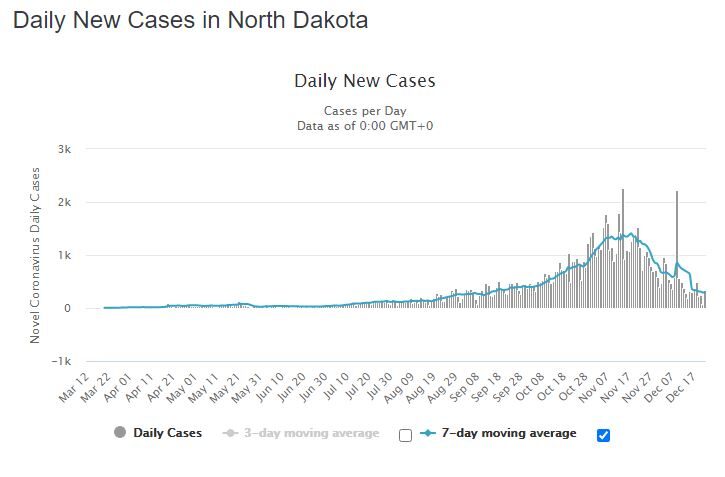
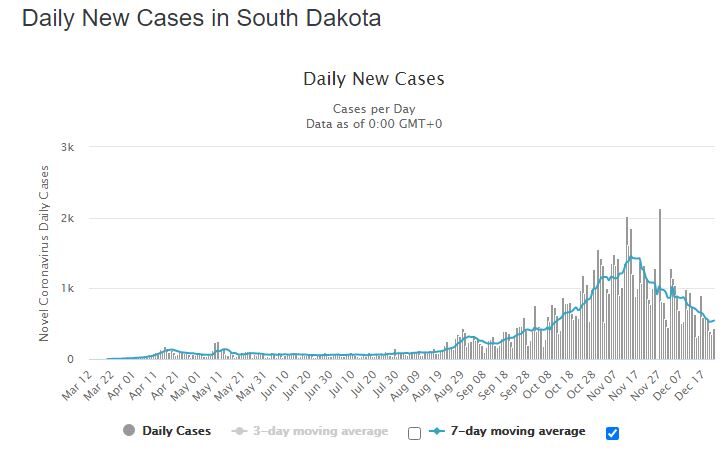
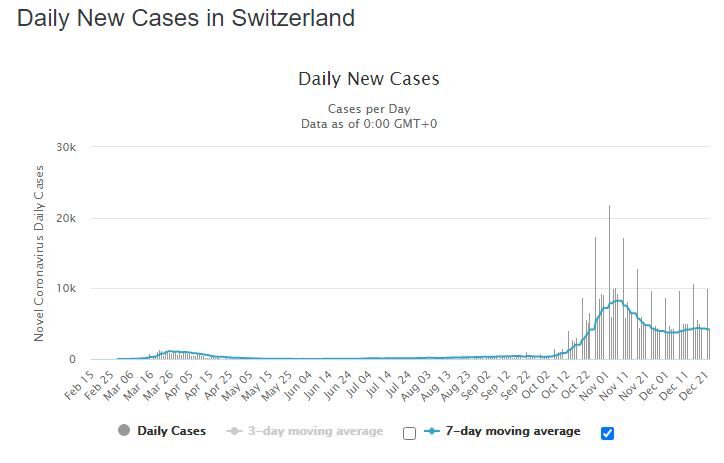
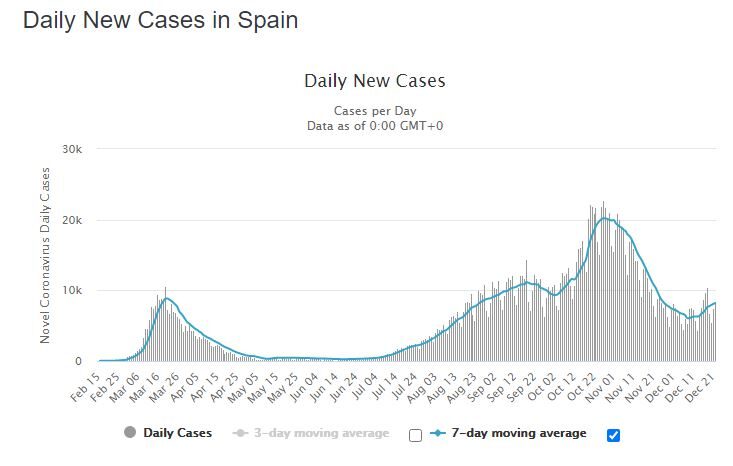



Of course, logically, before ANY lockdowns occurred, it should have been established that they DO work.
R.C.